

Russian-olives (Elaeagnus angustifolia) dappled silver with September moonlight. Almost silent, tree crickets and a distant dog. I look up at the starry night and think about all the birds I can’t hear. Are they up there tonight, flying?
Migration, vast and shifting—I’ll never really comprehend it. But there are glimpses.
The fall flocks. 3600 common grackles (Quiscalus quiscula) streaming past in waves, flooding the cottonwoods, an out-of-tune orchestra belting out at full volume. Squadrons of grackles, heads bronzed in the morning light. Fifteen minutes later, they’re gone.
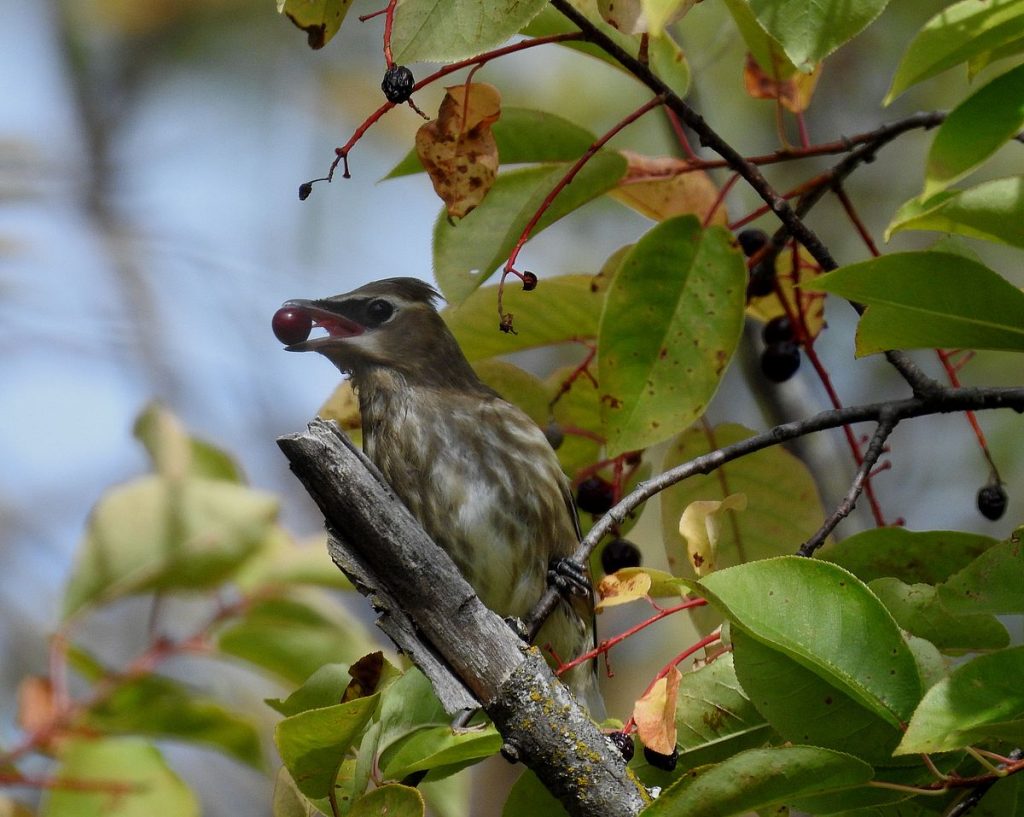
The birds of summer, suddenly gone without warning. Back to the Marias River, the place of no black-billed cuckoos (Coccyzus erythropthalmus) this year. Where did the 45 northern house wrens (Troglodytes aedon) of July go? A cedar waxwing (Bombycilla cedrorum) flock trills from bare evening branches, descending to feed among orange-tinged chokecherry (Prunus virginiana) leaves. Otherwise, quiet like a deserted town. The brown thrashers (Toxostoma rufum), the mountain bluebirds (Sialia currucoides), the violet-green swallows (Tachycineta thalassina) feeding young. Gone. The bank swallow (Riparia riparia) colony silent, too late for goodbyes.
Birds in migration

But wait now, quietly, intently. Watch the chokecherries, tune your eyes to the silent flit of a foraging warbler. Strain your ears for chips and seeps. The chokecherries are alive with birds from the north. White-throated sparrows (Zonotrichia albicollis) and Lincoln’s sparrows (Melospiza lincolnii), yellow-rumped warblers (Setophaga coronata) and Wilson’s warblers (Cardellina pusilla). And a different sharp call, a quick movement, a glimpse of something interesting. There it is again, gray and bright yellow in a different pattern. A mourning warbler (Geothlypis philadelphia), a bird that nests in shrubby areas in the boreal forest, the first time I’ve ever seen one.
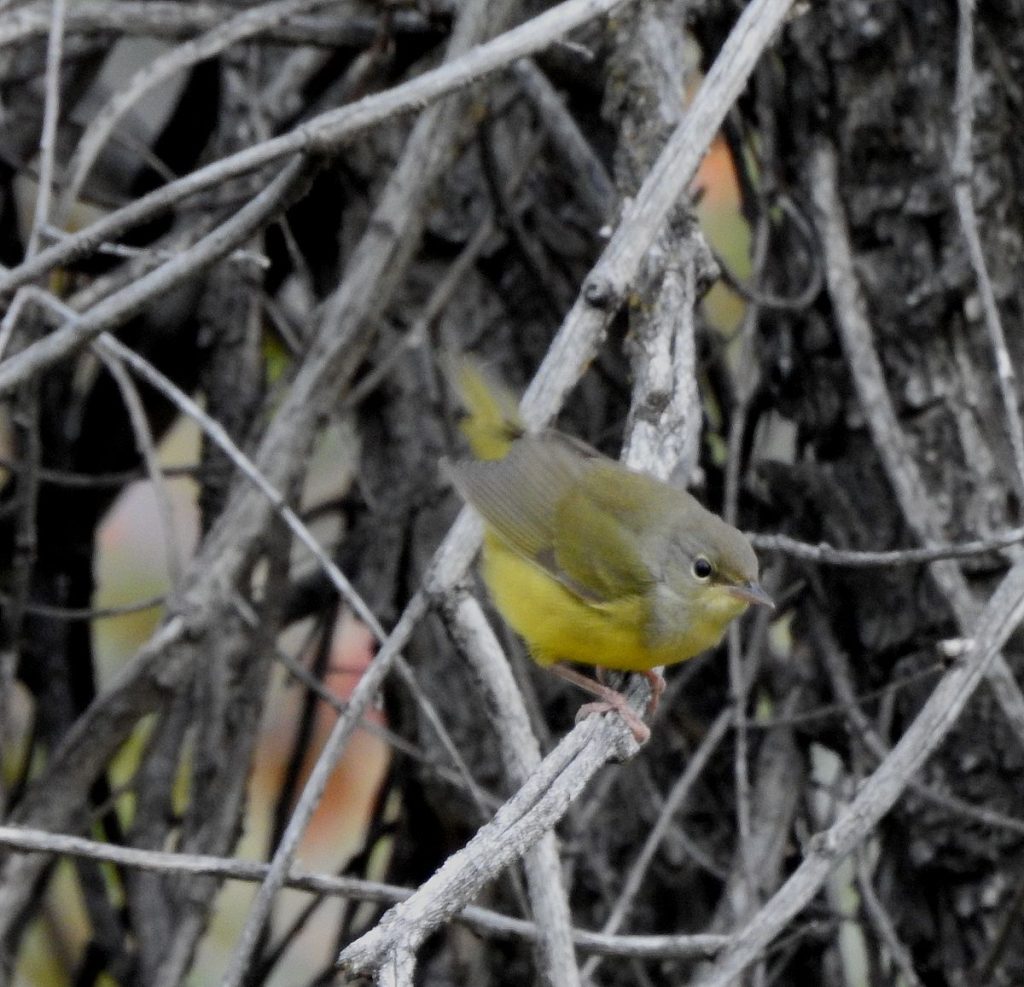
Sparrows and screech-owls
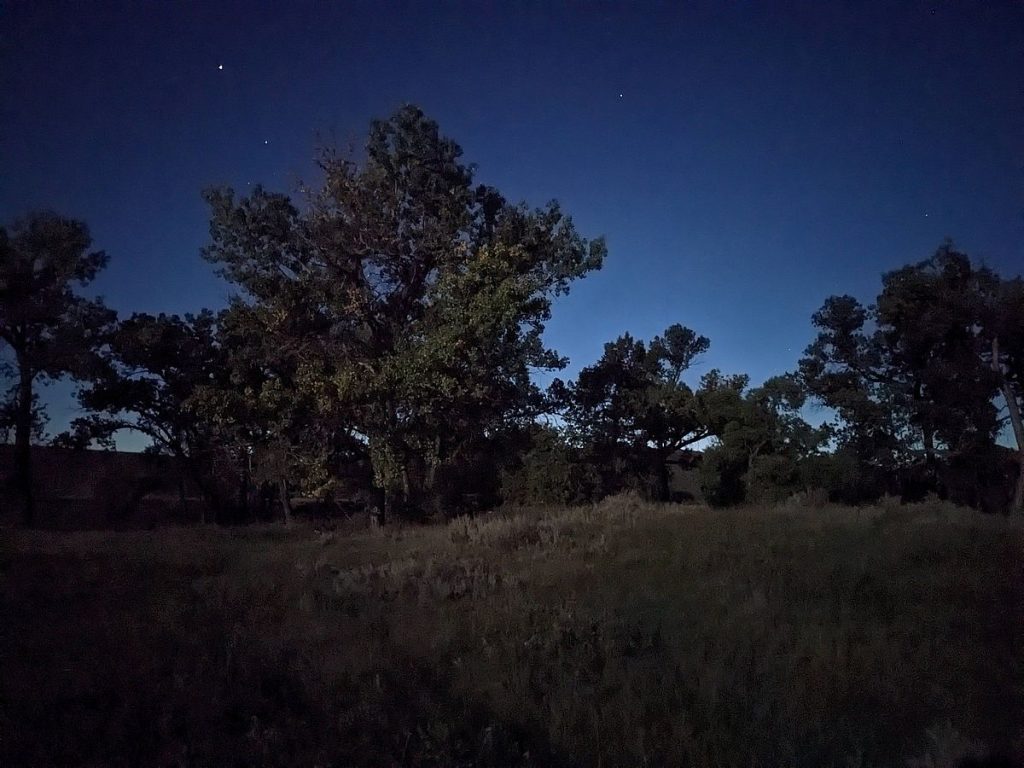
Sometimes there’s nothing. Plains cottonwood (Populus deltoides) leaves flutter their final goodbyes to summer, and I wonder where the migratory flocks are.
And then there are times when a weedy riverbank comes alive with sparrows, seeps and chips among the tumble-mustards (Sisymbrium loeselii) and cockleburs (Xanthium strumarium).
A cold dawn and an eastern screech-owl (Megascops asio) whinnies from the cottonwoods.
A neglected field of brush piles and Canada thistle (Cirsium arvense) down bursts with sparrows, hundreds of them, slender chipping (Spizella passerina) and clay-colored sparrows (Spizella pallida), bulky white-throated and white-crowned (Zonotrichia leucophrys) sparrows, the metallic tink call of a swamp sparrow (Melospiza georgiana).

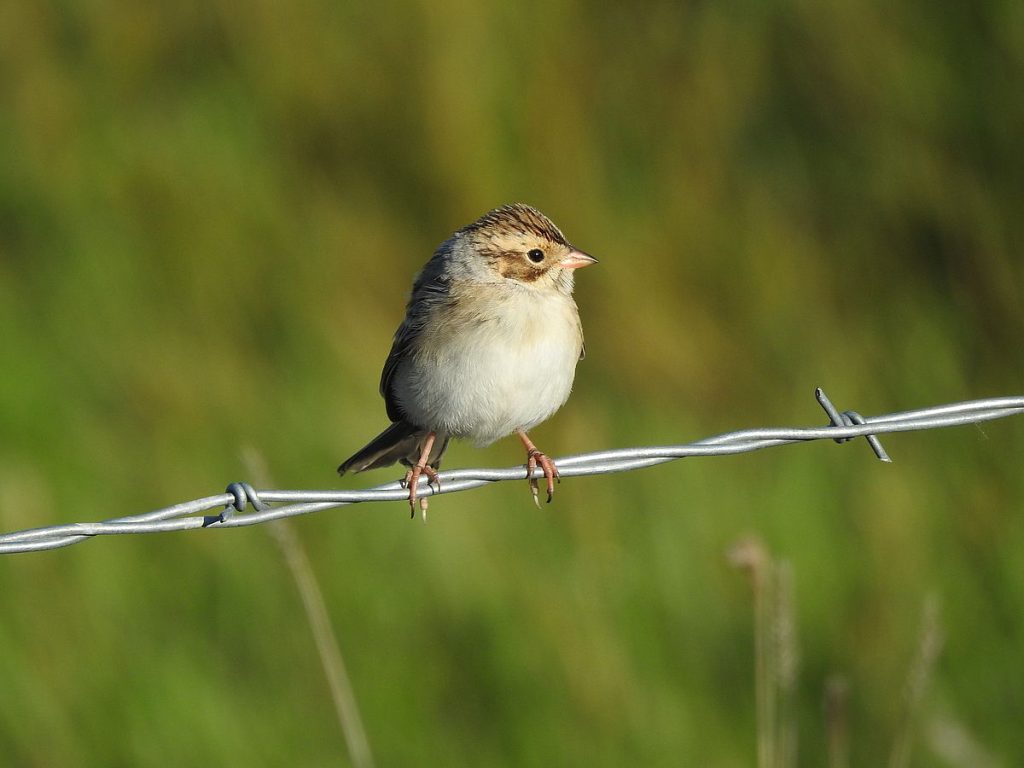
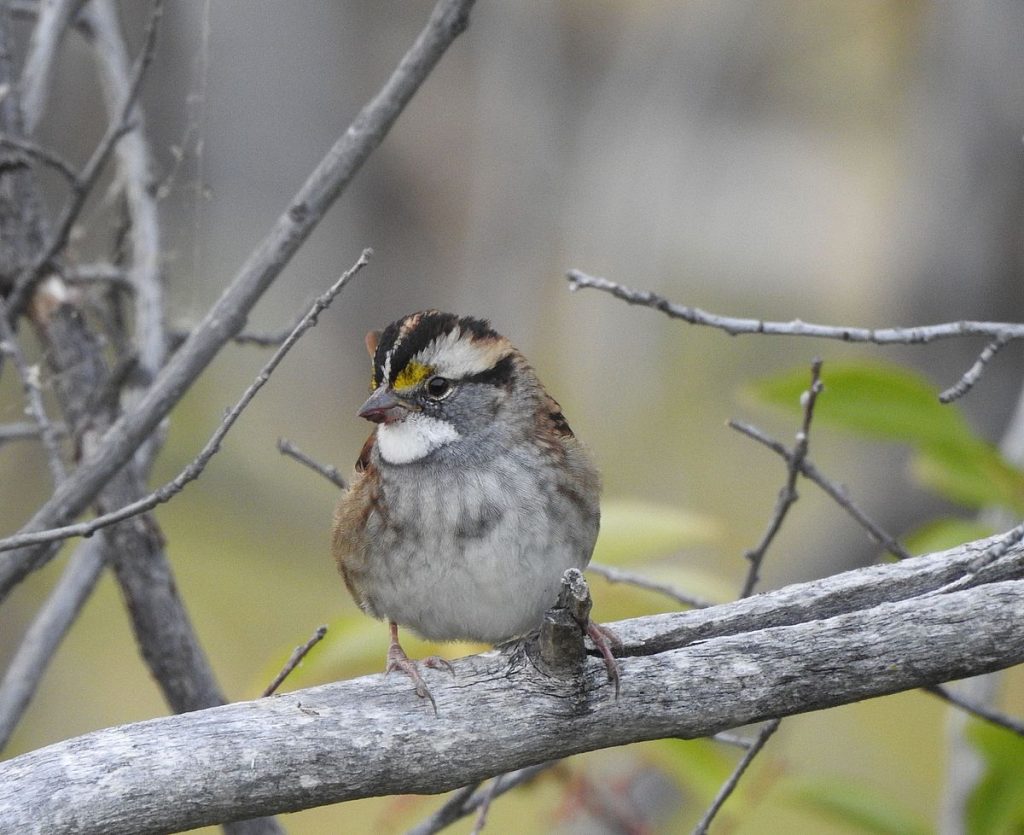
The curves of fall migration
Migrating birds don’t always fly south. This fall I study range maps, learn the birds of the boreal forest that nest due north of my state, but whose migrations curve east through the Great Plains. I’ve never seen them in Helena. But out here in the shelterbelts, town parks, and green ash draws on the eastern Montana plains, with luck you might find them:

Mourning warblers, Cape May warblers (Setophaga tigrina), and purple finches (Haemorhous purpureus),
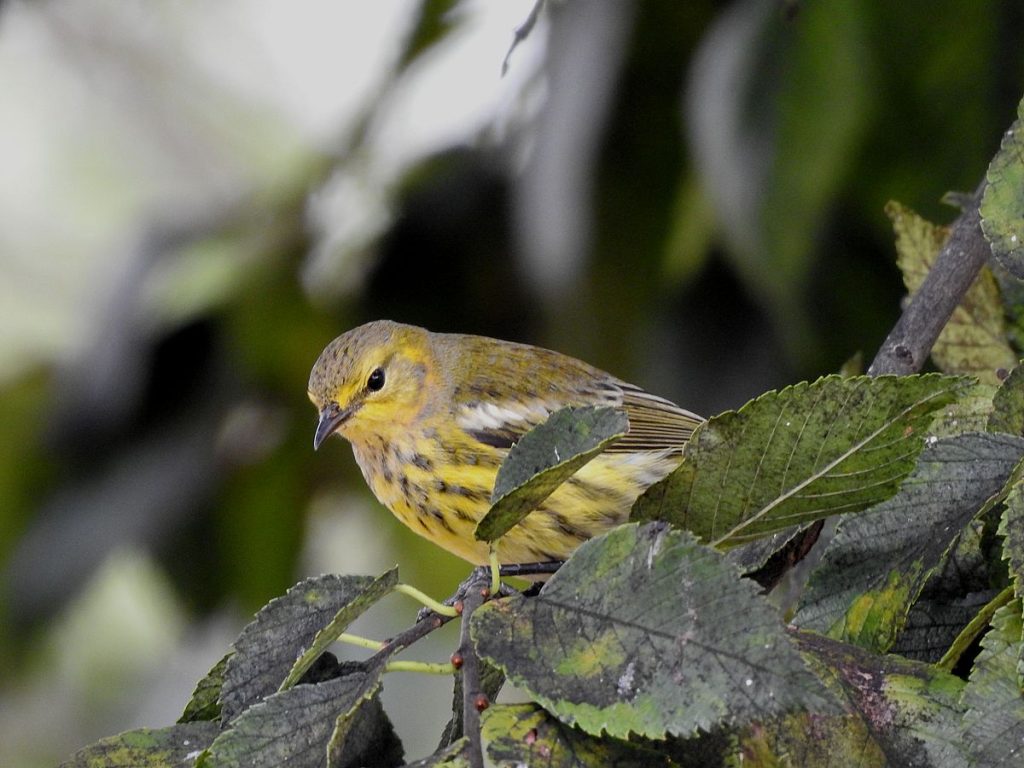
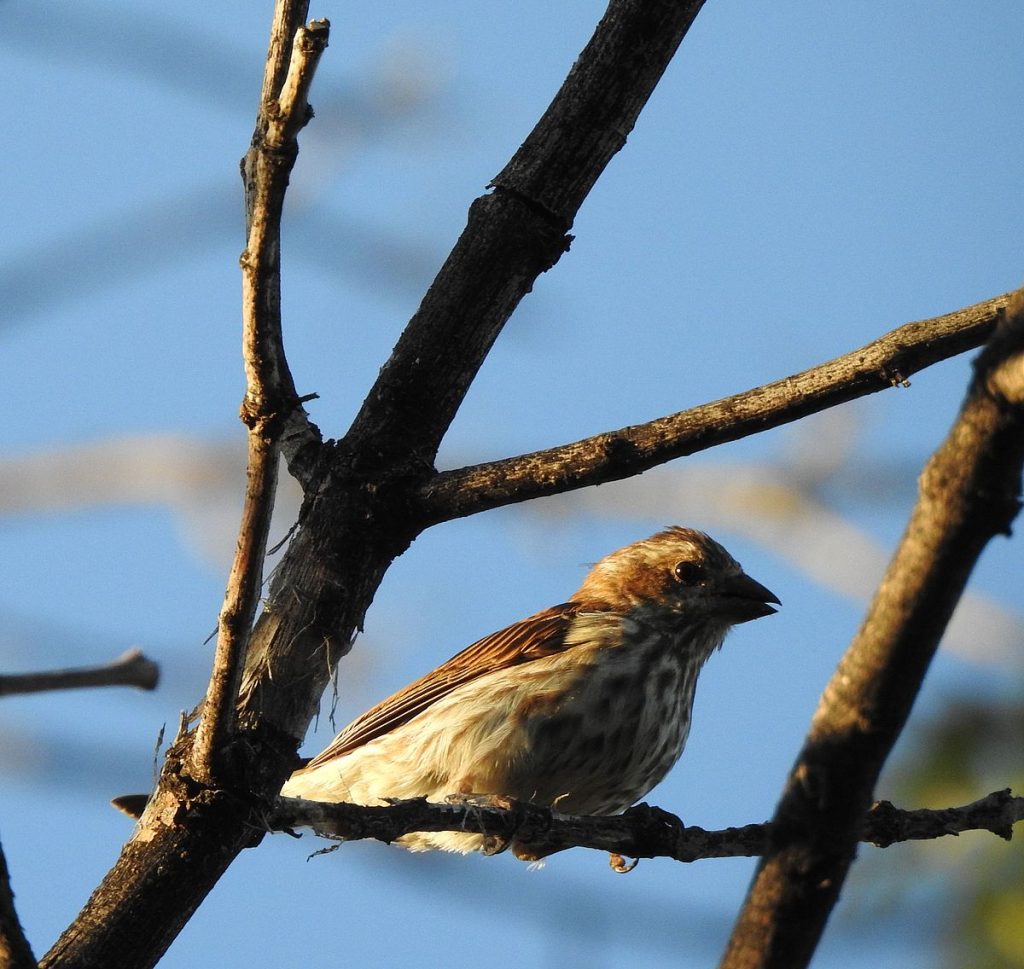
Philadelphia vireos (Vireo philadelphicus), purple martins (Progne subis), and ruby-throated hummingbirds (Archilochus colubris),
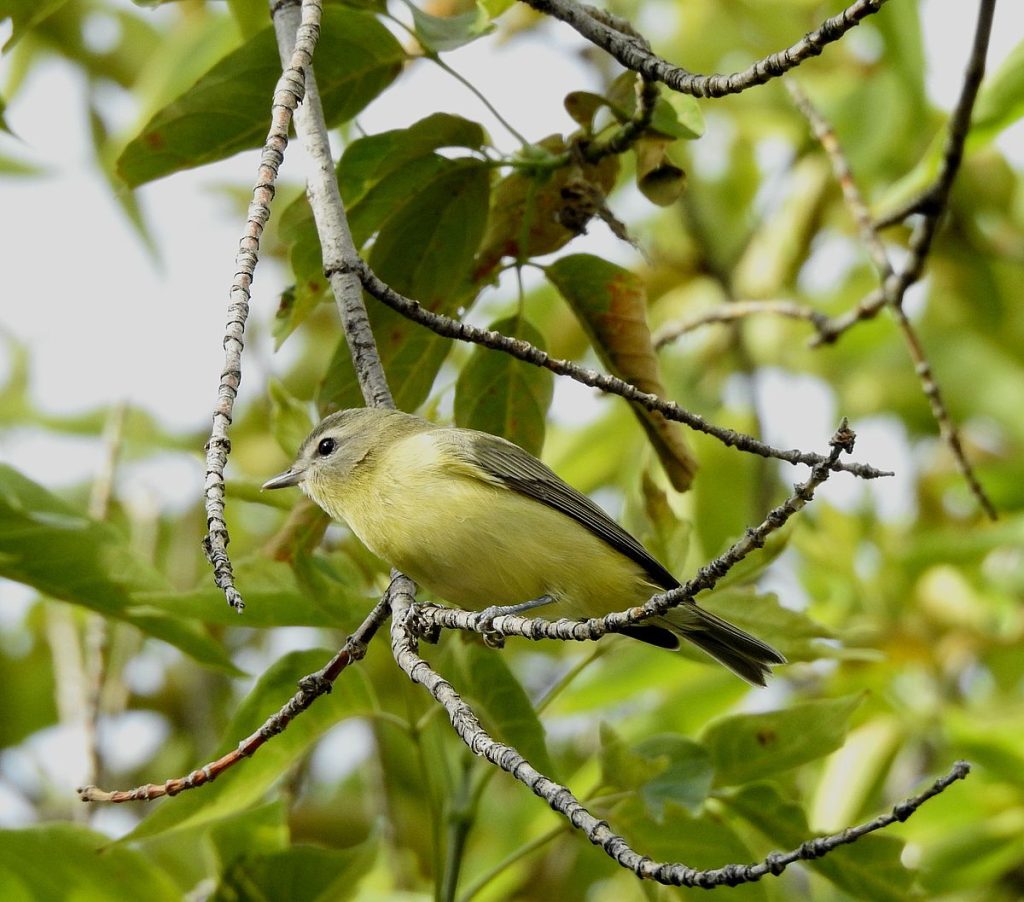
specks of feathers and fast-beating hearts on a journey I’ll never really comprehend.
One morning watching these chokecherries and weeds and brush piles overflow with southbound birds

is all is takes for me to fall in love, again and again
with chokecherries
weed patches
cottonwood leaves fluttering goodbye
and screech-owls singing in the cold September dawn.
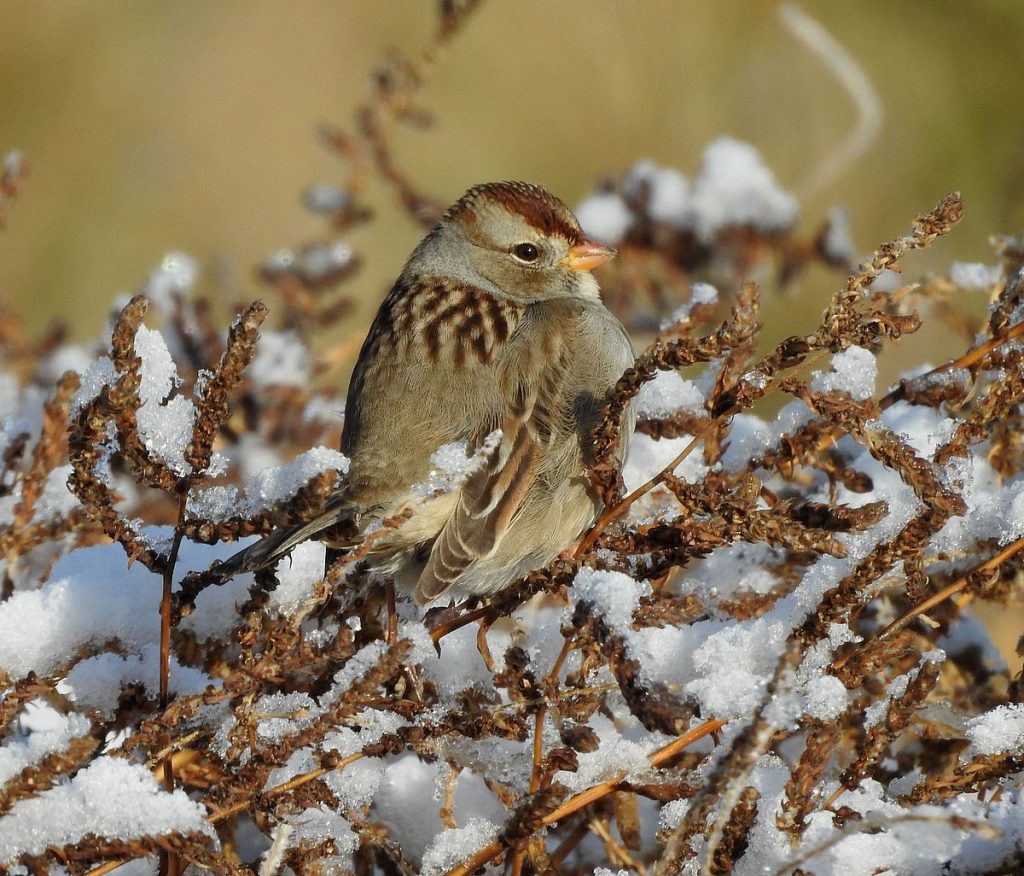
Afterword
This story is really special to me—and extra special because it’s my last one before I go on hiatus for a while. I’ve shared some more details about that towards the end of the podcast.
Independent podcasting isn’t easy, which is one of the reasons I’m taking a break for a while. In the meanwhile, all of the ways that you support this show remain greatly appreciated! Spreading the word about Wild With Nature is huge, and leaving a rating on your favorite podcast platform helps too. And of course, my Patreon supporters are what’s kept me going this long. (If you’re a current supporter, don’t worry—I’m pausing your monthly charges until I start podcast production again.) If you’re not a supporter but would like to look into it, please check out https://www.patreon.com/wildwithnature. Podcasting can be lonely at times, but knowing you’re there with me makes it much less so.

Thank you for an another very inspiring podcast. At 83, I’ve not been too well again of late. Nonetheless, I may try to get to the Audubon meeting this month. Good luck in your sojourn finding all you desire. And stay well.
Thank you, Ken! Wishing you good health this fall.
Shane